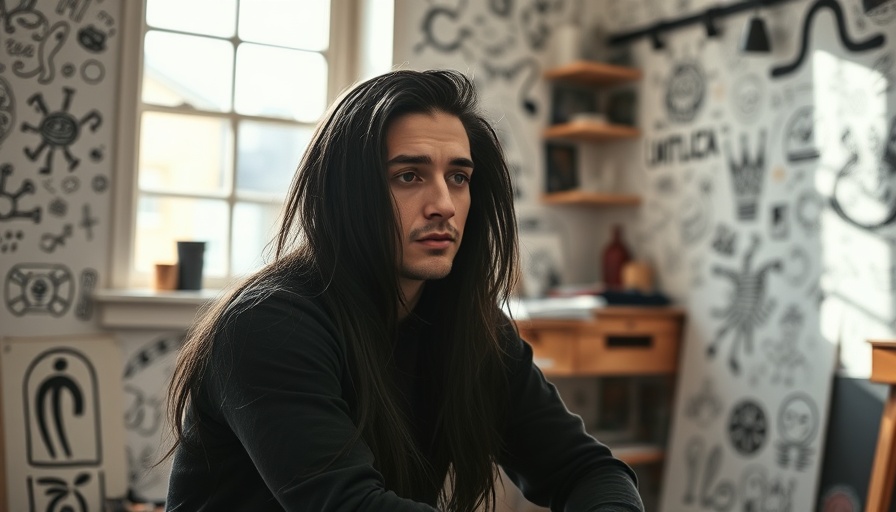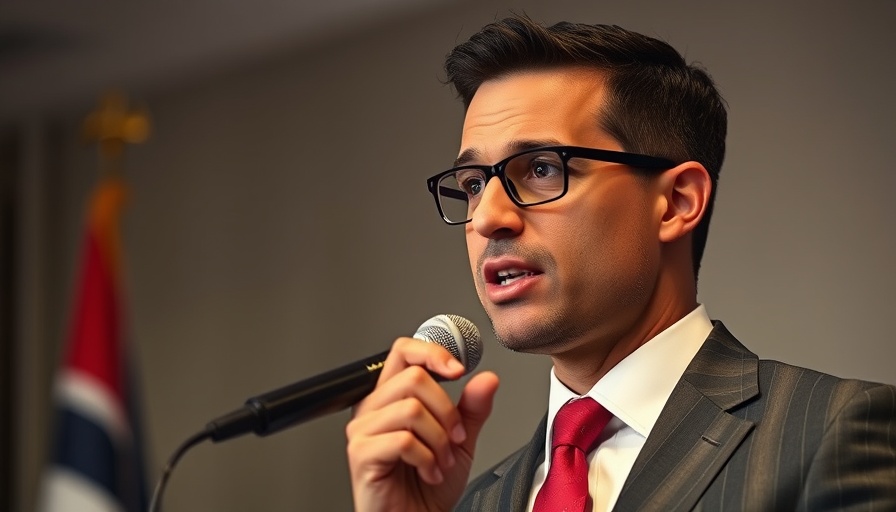
Cartoonist Paul Pope: A Return to the Canvas Amid AI Concerns
Paul Pope, a visionary in the world of graphic novels, is making a significant comeback. Known for his stunning art in works like "Batman: Year 100" and "Battling Boy," Pope's return is marked by a career-spanning exhibition at the Philippe Labaune Gallery in New York and the long-awaited release of his art book, "PulpHope2: The Art of Paul Pope." After a decade-long hiatus from major projects, he invites fans back into his world, tackling the complex overlap between art, technology, and the future of creativity.
The Challenges of Modern Comic Creation
Pope’s absence from the major comics scene has not been due to a lack of creativity but rather the challenges inherent in creating graphic novels. Unlike shorter comic strips, graphic novels require a lengthy and often solitary process.
"Making graphic novels is not like making comics," he expressed during a recent interview. "You’re basically writing a novel; it can take years, and you work with a contract. No one can see the work, so it can be very frustrating." His sentiment echoes a common lament among artists who face pressure to produce content in an increasingly fast-paced digital world.
Art vs. AI: Coping with New Threats
Amidst his artistic renaissance, Pope is acutely aware of the encroaching threat of artificial intelligence on creative integrity. With AI tools generating artwork by replicating existing styles, he observes a worrying trend: "It’s completely conceivable that comic book artists could soon be replaced by AI." This concern is not just about losing jobs but also about the authentic storytelling that is crucial to creative works.
Pope stands out in an industry leaning towards digitization. Preferring the tactile feel of brushes and ink, he still entertains the idea of integrating AI in his workflow—mostly for research. His perspective offers a fresh take: while some worry about AI plagiarism, Pope emphasizes the more pressing issues of surveillance and the potential rise of violent autonomous technologies. "I’m less concerned about having some random person create some image based on one of my drawings than I am about killer robots and surveillance and drones," he noted, redirecting the conversation toward the ethical implications of AI advancement.
Navigating the Future of Creativity
As the comics industry grapples with AI's rapid evolution, the human element in storytelling remains irreplaceable. Artists like Pope underscore the importance of narrative and the unique perspectives they bring to their work. The human experience is vital, especially in a time when technology threatens to dilute the authenticity of art.
As Pope prepares to unveil his new projects, his actions highlight a significant rebranding and reintroduction. But more importantly, it's about preserving the essence of what makes art meaningful—an essential component in a world increasingly influenced by technology.
Looking to the Future: The Artist's Hope
Pope’s hope lies in fostering a community that values the uniqueness of human artistry, even as digital tools become prevalent. He believes that creativity will persist amid technological advancements. For artists concerned about AI encroachment, Pope suggests embracing technology's potential for enhancing creativity while remaining vigilant against its threats.
This sentiment resonates broadly, as the larger conversation about AI and creativity continues to unfold within various artistic communities. There is an opportunity here for collaboration rather than resistance; artists can explore digital realms while preserving the soul of their work. The dynamic between creativity and technology will be pivotal in shaping the future of industries beyond comics.
Beyond the Canvas: An Invitation to Dialogue
Pope's work and insights invite broader discussions about the future of creativity in a tech-driven environment. As fans eagerly await new stories and artwork, the underlying call is to appreciate the artistry that humans bring and the narratives that only they can craft. Artists today stand at a crossroads, challenged but not defeated.
As we delve deeper into these conversations, let’s unite to celebrate human creativity in all its forms and advocate for its importance in an evolving genre that must never lose sight of what makes it human.
 Add Row
Add Row  Add
Add 




Write A Comment